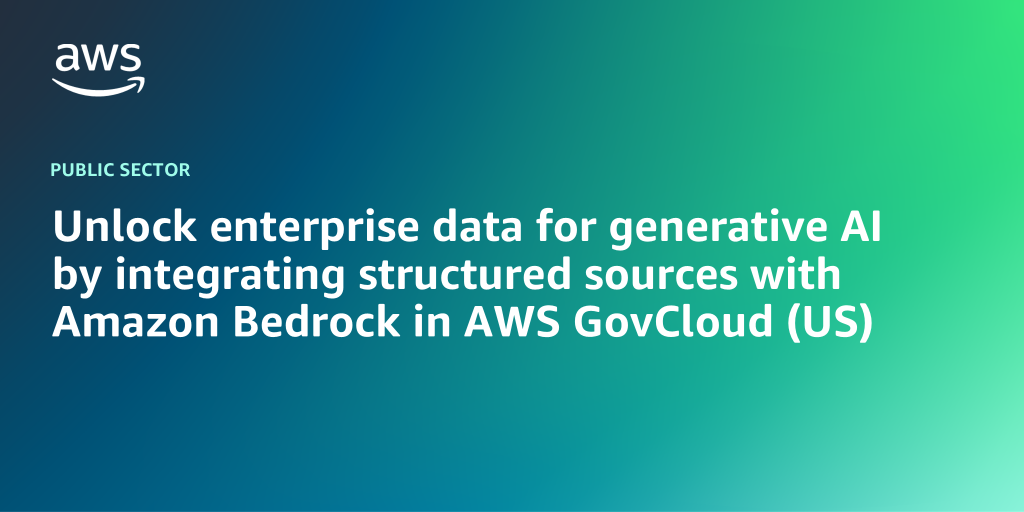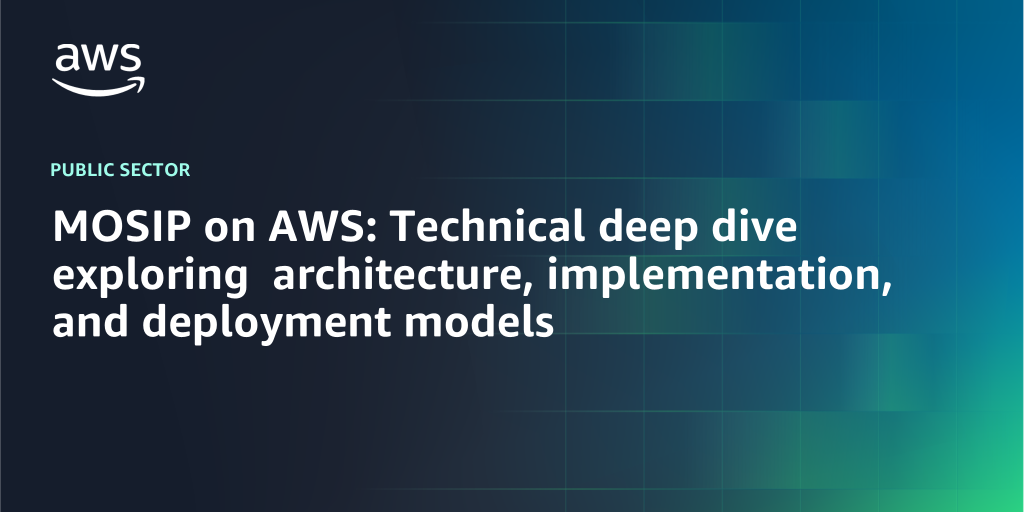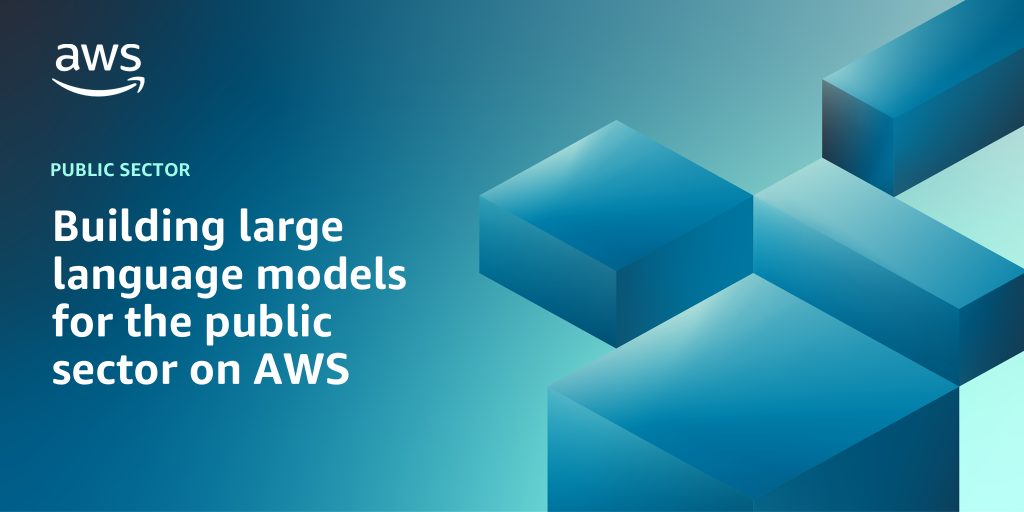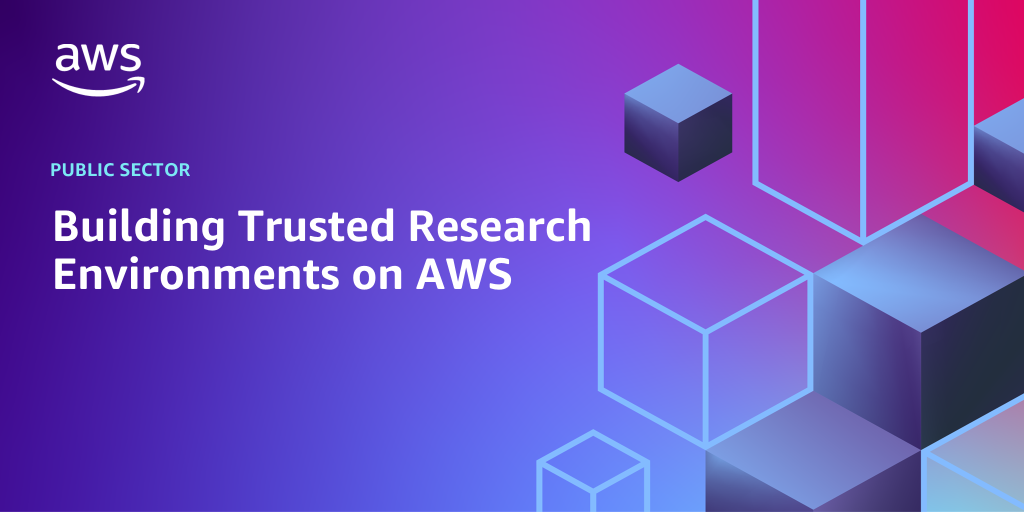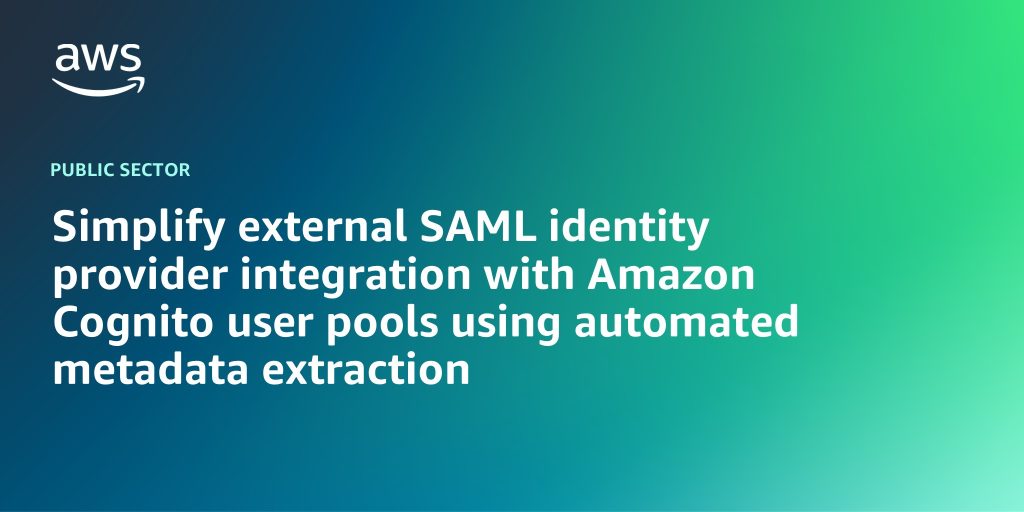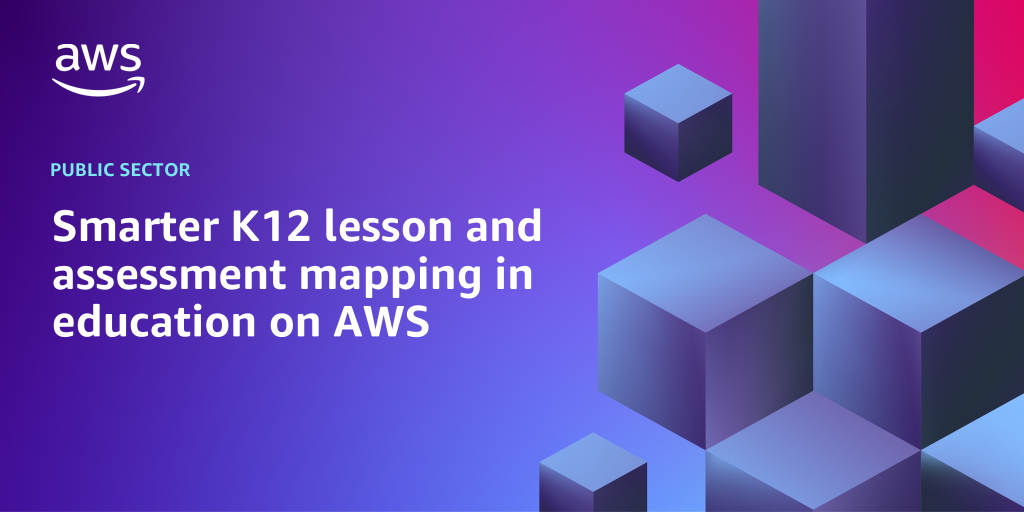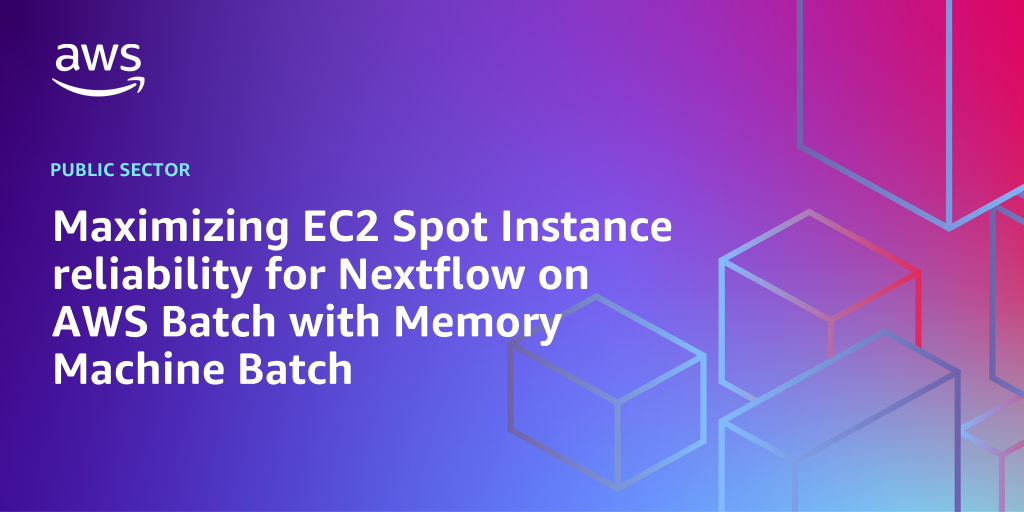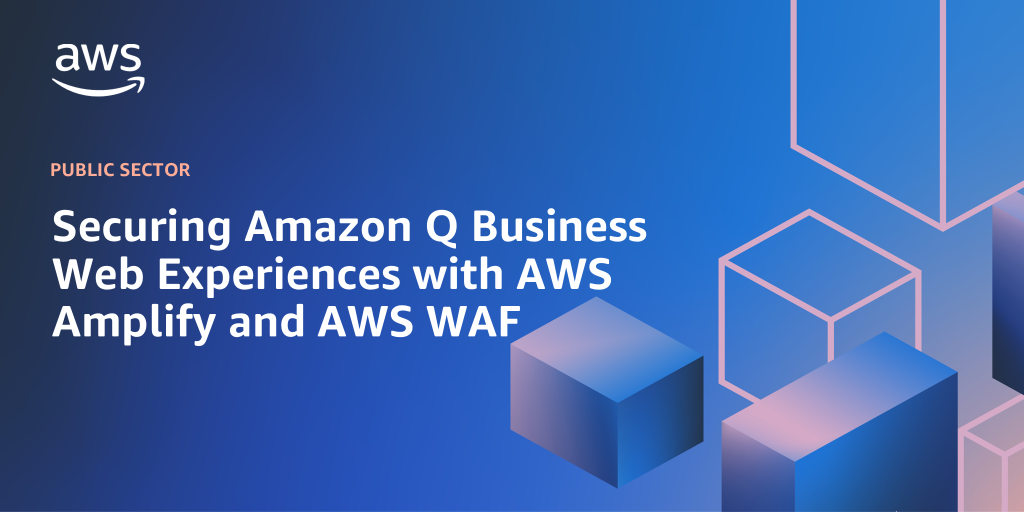AWS Public Sector Blog
Tag: technical how-to
Unlock enterprise data for generative AI by integrating structured sources with Amazon Bedrock in AWS GovCloud (US)
In this blog post, we demonstrate how public sector organizations can overcome the challenges that emerge when integrating Amazon Redshift and other AWS relational databases with Amazon Bedrock. You’ll learn how to utilize enterprise data to generate AI-powered analytical insights by using natural language queries through Amazon Bedrock Agents and Amazon Bedrock Knowledge Bases. This custom solution enables seamless connectivity between your structured data sources and generative AI applications, eliminating the need for data duplication and significantly reducing development effort.
MOSIP on AWS: Technical deep dive exploring architecture, implementation, and deployment models
Whether you’re a technical architect, systems integrator, or government technology leader, this post provides the technical insights needed to understand and implement MOSIP (Modular Open-Source Identity Platform) on AWS effectively.
Building large language models for the public sector on AWS
This blog post provides a comprehensive overview of the custom large language model (LLM) development lifecycle for public sector use, emphasizing scientific methodology and measurable outcomes.
Building Trusted Research Environments on AWS
Trusted Research Environments (TREs) provide secure access to sensitive data, enabling research while controlling data movement to meet governance requirements. In this post, we review core TRE concepts, examine TRE history and related initiatives, and explore key considerations for successfully deploying a TRE on AWS.
Simplify external SAML identity provider integration with Amazon Cognito user pools using automated metadata extraction
Public sector organizations and technology vendors across industries—from healthcare and education to public safety and citizen services—struggle with complex identity integration requirements when deploying applications across multiple facilities and jurisdictions. This post demonstrates how organizations can eliminate integration delays using an automated metadata extraction solution built on AWS that provides self-service access to Amazon Cognito user pools metadata through a serverless REST API.
Build your first AI assistant with PartyRock
PartyRock, an Amazon Bedrock playground from Amazon Web Services (AWS), makes creating artificial intelligence (AI) applications simple and engaging—even if you have never written a line of code. With just a few steps, you can build your own AI assistant to help with homework, share with friends, or spark new creative ideas. Read this post to learn more.
Smarter K12 lesson and assessment mapping in education on AWS
In this post, we explore how a graph-based student assessment system powered by AWS services can bring automation, accuracy, and adaptability to the standards-alignment process. With this modern approach, EdTech platforms can deliver scalable, standards-compliant, and personalized learning experiences across K12 learning environments.
Unlocking commercial AI models in AWS GovCloud (US): Secure cross-partition access with Amazon Bedrock
In this post, we walk through three solutions that allow AWS GovCloud (US) workloads to securely connect into the Amazon Web Services (AWS) commercial partition to perform inference with Amazon Bedrock. Each approach comes with different trade-offs, and by the end you’ll have a clear view of which path might be right for your organization.
Maximizing EC2 Spot Instance reliability for Nextflow on AWS Batch with Memory Machine Batch
AWS partners with providers of innovative solutions such as MemVerge, an AWS Partner Network (APN) Advanced Technology Partner, whose Memory Machine Batch (MMBatch) technology complements AWS Batch by providing advanced checkpointing capabilities for EC2 Spot Instances. In this post, we look at how MemVerge’s technology can overcome the challenges of interrupted pipelines by enabling pipelines that were interrupted mid task to start from where they left off, regardless of Spot Instance reclaims. We’ll also show how MemVerge’s Batch Viewer and proven best practices empower researchers to visualize their workloads, identify bottlenecks, and apply smart strategies that make their pipelines more efficient, resilient, and cloud-optimized.
Securing Amazon Q Business Web Experiences with AWS Amplify and AWS WAF
Public sector agencies often need to provide information and services to citizens without needing authentication. At the same time, these agencies must make sure that their digital services remain secure, compliant, and reliable. Amazon Q Business embedded web experiences, when integrated with AWS Amplify, offer a powerful solution for delivering AI-powered conversational interfaces to unauthenticated users while maintaining robust security controls. This post explores how public sector organizations can use Amazon Q Business anonymous web experiences within AWS Amplify applications to enhance citizen services while implementing security best practices.
